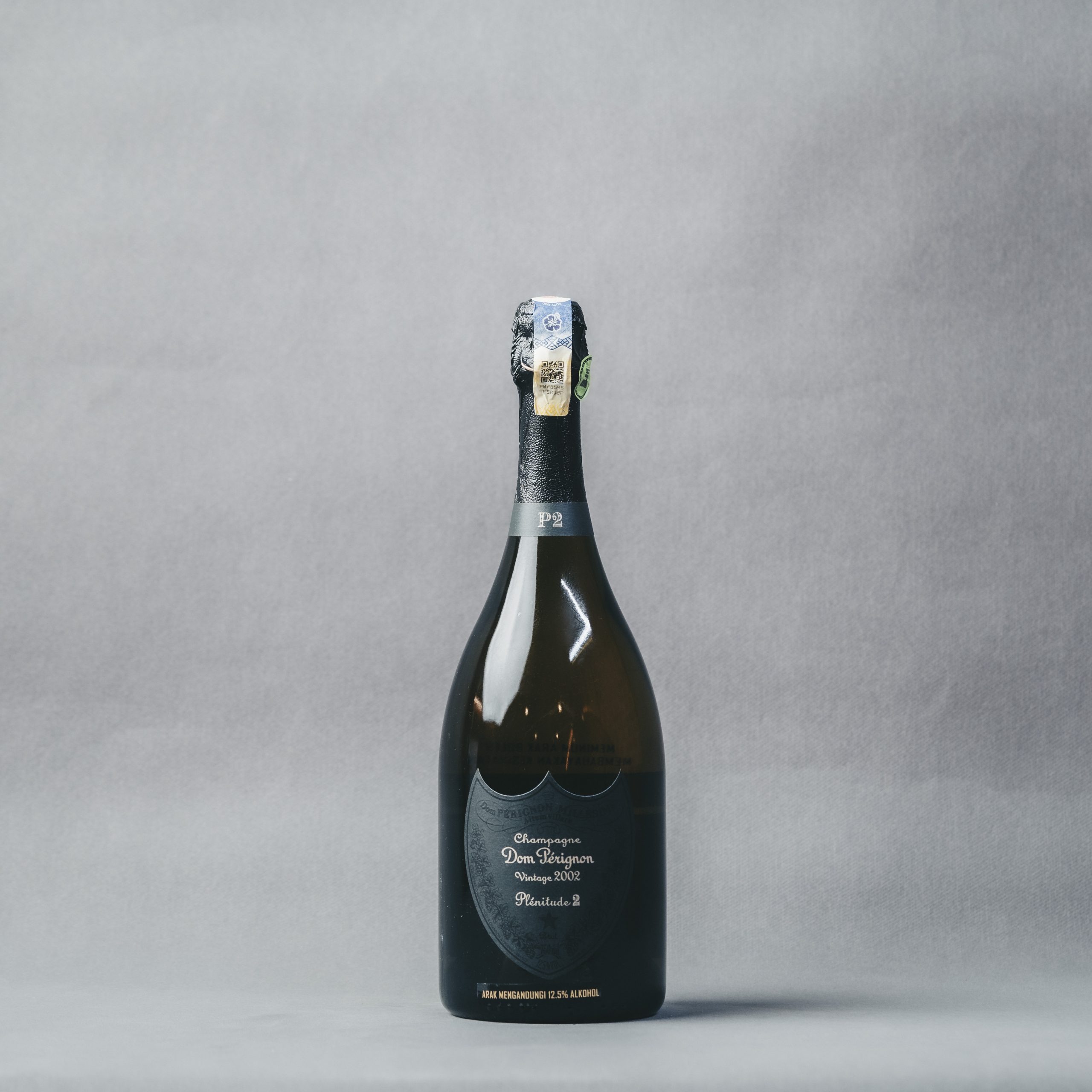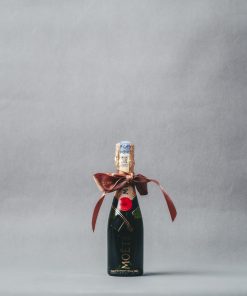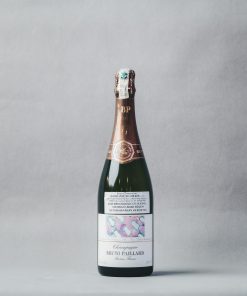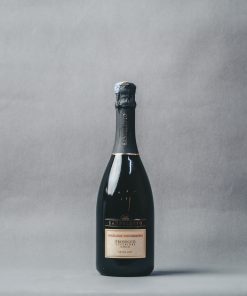DOM PERIGNON PLENITUDE 2 2002 BRUT
RM3,280.00
3 in stock
Each vintage has three Plénitudes. The first occurs after approximately nine years; this is the “standard” Dom Pérignon Vintage.
The wine might reach its second Plénitude at approximately 12-15 years. This bottling is Dom Pérignon P2, formerly known as the first oenothèque. The final Plénitude, Dom Pérignon P3, may occur after approximately 25 years. All the time bands quoted are generalizations, and individual releases may be much older.
The 2002 Dom Pérignon P2 is still a youthful wine, but it is beginning to develop appreciable complexity, wafting from the glass with notes of of iodine, warm bread, ripe orchard fruit, peach, citrus oil, smoke and peat, which in Geoffroy’s words “are on the verge of aromatic over-ripeness.” On the palate, the wine is medium to full-bodied, broad and fleshy, with a textural, voluminous profile, pinpoint bubbles and a chalky, phenolic finish. This is a ripe and powerful Dom Pérignon that finds its closest stylistic analogy in the 1990 vintage, and it is considerably less evolved than the more tertiary 2000 P2 today. While the P2 is a bit drier and more precise on the finish than the original release, given the wine’s slow evolution the difference between the two is less pronounced than it has been for any vintage since 1996.
ROBERT PARKER – 96POINTS










